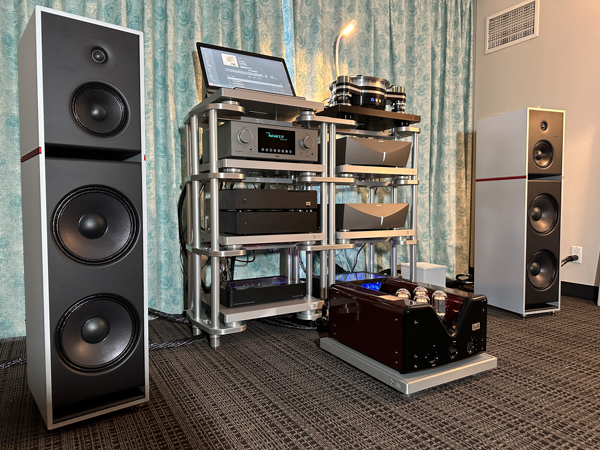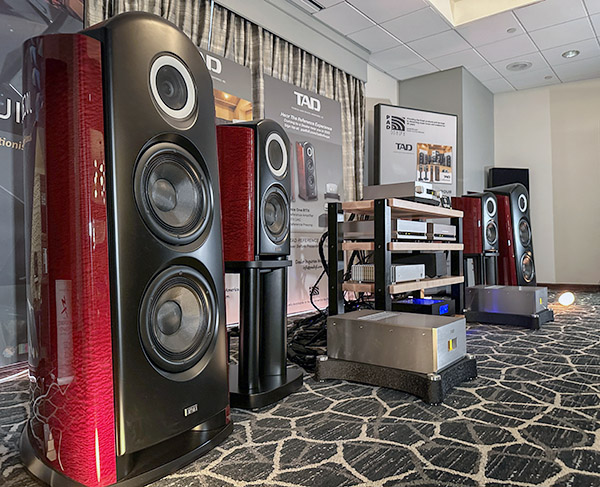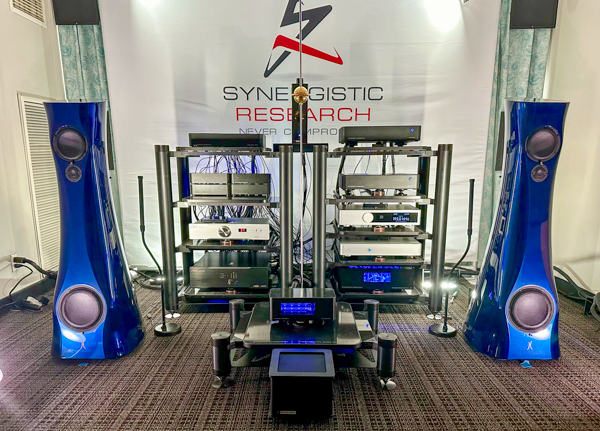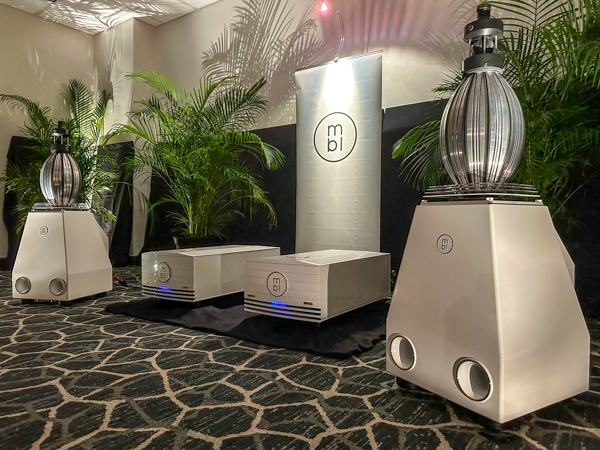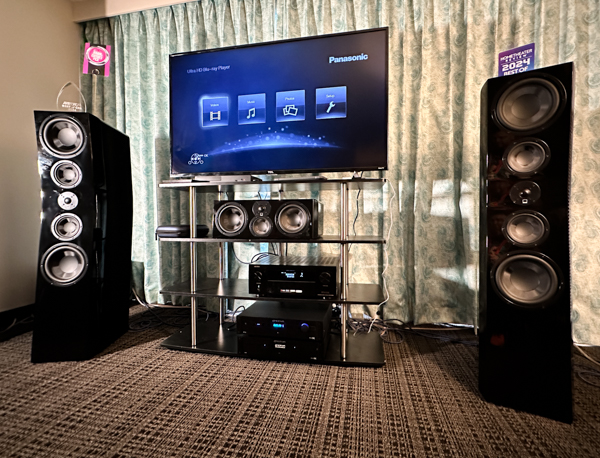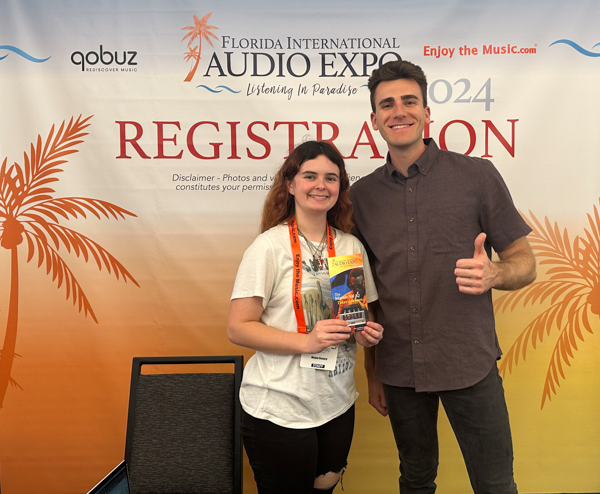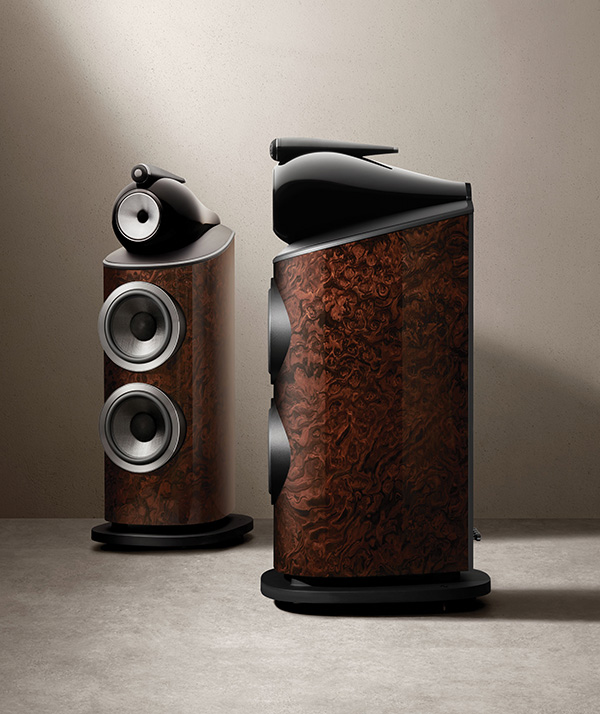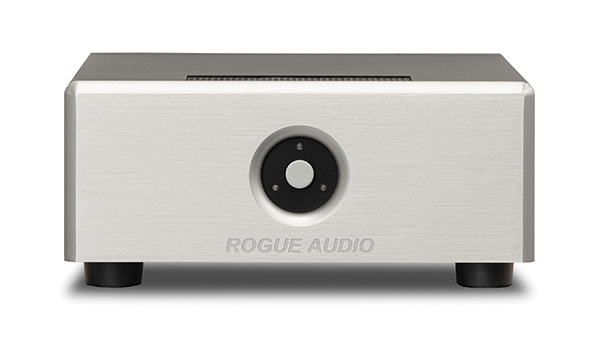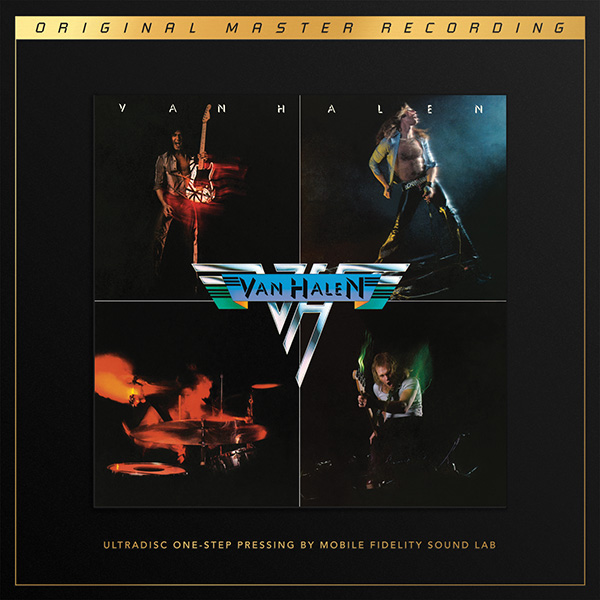A different kind of stream: Route 140 Wrentham at Pendleton Road Eagle Brook; image by Ernst Halberstadt, 29 March 1973, Wikimedia Commons
I recently received a letter (not yet published) suggesting a need for a glossary of newer hi-fi terms. Some audiophiles raised on physical media, it seems, are perplexed by descriptions of the new streaming landscape. Just yesterday, all we had to worry about was DACs and transports. Today we have servers, streamers, players, streaming DACs, and all that. That immediately struck me as a good idea, allied with a second reason: To avoid confusion, it makes sense for the industry to standardize the nomenclature. When we see the word "streamer," for example, we should all be thinking about the same thing.
So, here's a brief glossary of streaming-related devices.

